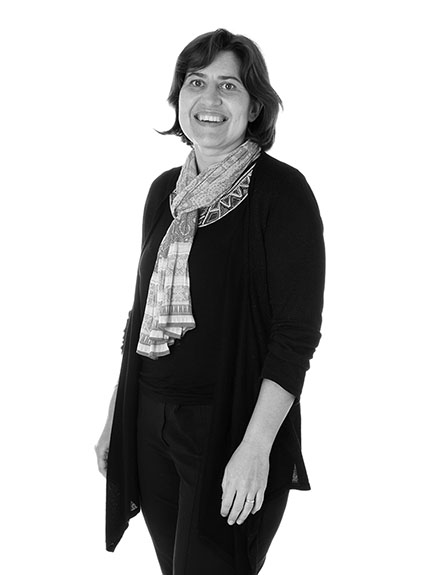| marie-hélène le ny |
|
photographist |
|
We can thus document the succession of glacial and interglacial periods that have shaped many of our landscapes and ecosystems. We use this data to test the ability of numerical climate models to simulate the mechanisms of past changes. These models are the only tools available to assess future risks, according to different scenarios accounting for human activity.
I am not here to build a truth but to challenge the state of knowledge based on new data. Doubt is intrinsically at the heart of the scientific approach, which puts forth theories and tests them, process by process. The insights from past climate studies are used to place the magnitude and rate of future climate risk in a broader framework. Global warming is associated with major changes in the water cycle, in extreme weather events... The relationships between human activities and global climate call for serious thought on the concept of progress, and desirable scenarios. It is therefore essential to foster a dialogue between science and society that should involve all generations. We need to provide key landmarks in terms of scientific culture for the younger generations so that they can be active citizens for these major challenges.” |
|
||
|
Valérie
Masson-Delmotte |
|||
|
|
|
|
